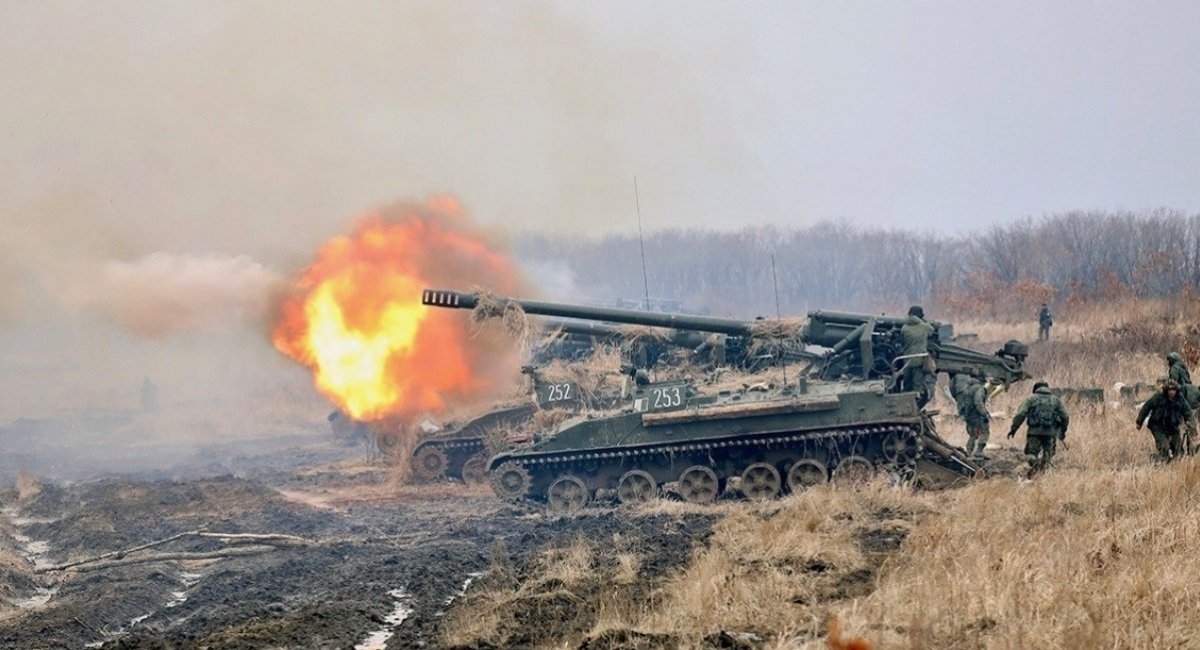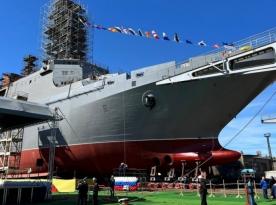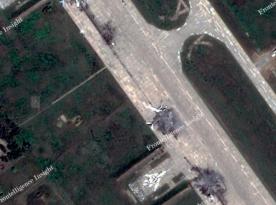American scholar Pavel Luzin, in an article for the Jamestown Foundation, has outlined the structure of the russian chemical industry and how it managed to achieve capacity to support ammunition production at levels now exceeding those of NATO countries.
The report details key indicators of the production and import of nitrocellulose, toluene, and nitric acid — chemicals critical to munitions manufacturing. It also identifies the main industrial facilities involved and the trends observed in their operations.
Read more: Ukraine Strikes russian Producer of the Kometa-M Navigation Units for Shahed Drones, Glide Bombs, and Missiles

Below, Defense Express highlights the main findings from the study. Notably, since the onset of its full-scale war against Ukraine, russia has significantly increased nitrocellulose imports: from 1,400 tons in 2019 to 3,000 tons in 2023.
At the same time, domestic production of nitrocellulose also grew. While the 2016–2021 average annual output stood at 6,500 tons, by the end of 2023 it had risen to 11,580 tons.

Combined with imports, russia obtained around 14,600 tons of nitrocellulose in 2023, which is enough to produce roughly 7,300 tons of pyroxylin gunpowder. For comparison, only 1,400 tons of this gunpowder were produced in 2014.
This surge laid the foundation for the rapid acceleration of artillery shell production within the russian military-industrial complex. Yet, the picture would be incomplete without accounting for toluene and nitric acid figures.
From 2021 to 2024, toluene production rose from 273,000 tons to 387,900 tons, and nitric acid output grew from 72,600 tons to 105,300 tons.
Of the toluene produced in 2024, up to 51,000 tons could have been allocated to defense needs — 1.5 times more than in 2021.
The main producers of nitric acid in russia are Azot Uralchem and Azot EuroChem. In 2024, these two plants alone produced 105,300 tons, up from just 19,000 tons in 2021.

Personnel levels at key defense-related chemical plants, including:
- Aleksinsky Chemical Plant,
- Anozit,
- Altay,
- Kamensky Plant,
- Kazan Powder Plant,
- Perm Powder Plant,
- Samara Kommunar Plant,
- Solikamsk Ural Plant,
- Sverdlov Plant, and
- Tambov Powder Plant
increased from 23,600 to 27,700 employees between 2021 and 2024 (a 17% rise). Simultaneously, production modernization boosted operational efficiency by 70%.
As a result, russia has managed to double its gunpowder output over the course of 2022–2024, giving the Kremlin a tangible edge over NATO countries in terms of sheer artillery ammunition production volumes.
Read more: russian Invaders Use Chemical Weapons for Third Consecutive Week on the Siversk Axis














